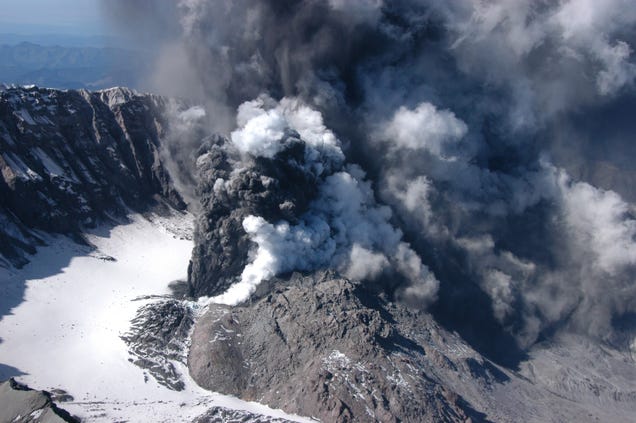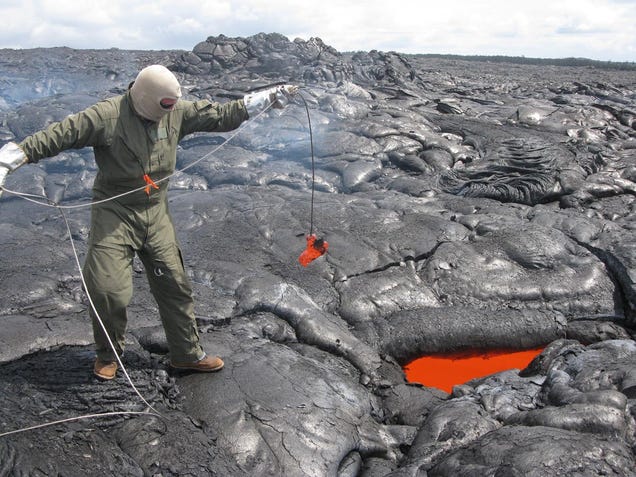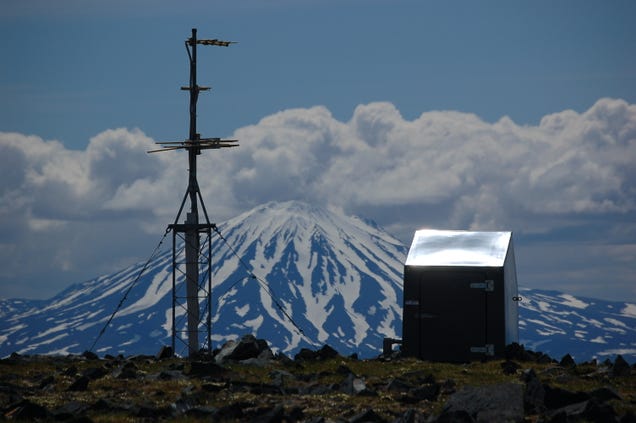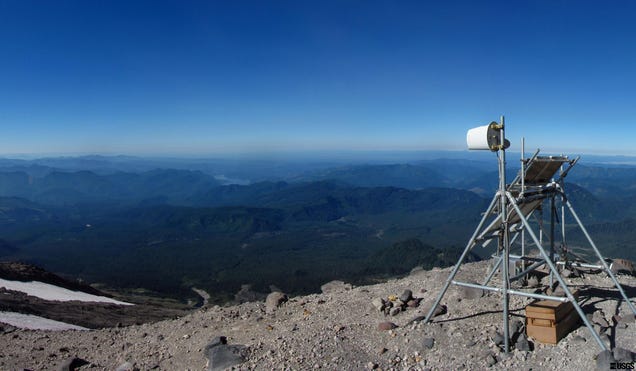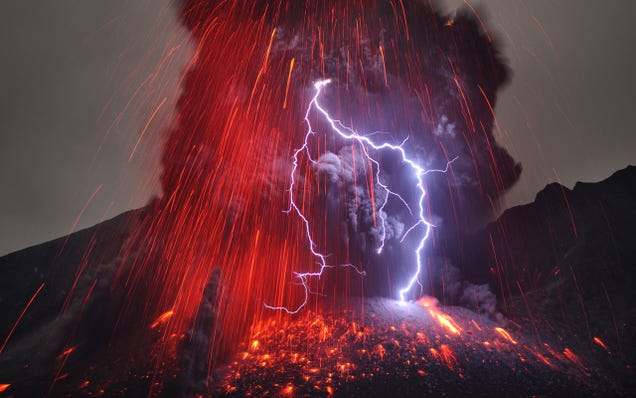Thanks for the heads-up, Kim.
--------------------------------------------
On Sun, 8/31/14, Kim Noyes
kimnoyes@gmail.com [californiadisasters] <
californiadisasters@yahoogroups.com> wrote:
Subject: [californiadisasters] ADMIN READ: California Fire News Spam on Yahoo Groups
To: "CaliforniaDisasters" <
californiadisasters@yahoogroups.com>
Date: Sunday, August 31, 2014, 9:48 AM
Yesterday, Robert
O'Connor who is the force behind the Cal Fire News, sent
out a mass fundraising campaign emailing to the various
Yahoo Groups he is on, to wit, the California region fire
and scanner groups. These emailings also went directly to
individuals including myself, as well.
I don't typically get into these
things here but I have had problems with this man in the
past on multiple occasions over different matters. His
latest course of action stinks of high hypocrisy given his
bossy, self-righteous, and condescending shit fit with me in
the past over my posting links to my blog on the very exact
same Yahoo Groups. However, in my case, I was not asking for
money and my blog is not monetized, but rather my content
directly related to the groups in question.
Adding to presumptuous of this is the
mysterious stoppage of new posts on Mr. O'Connor's
blog seven weeks ago today and yet he is asking for five
grand these seven weeks later with nary any new content.
This man was banned from this group yeas ago because
during the Tea Fire in Montecito he was directly lifting
content from California Disasters verbatim and posting it on
California Fire News without any attribution whatsoever.
As if this wasn't bad enough this guy
abhors and reviles law enforcement of all types in all
situations while apparently sympathizing with all types of
protestors and anarchists and rioters. Given the rank
liberalness of BayScan he is allowed to run amok there and
dissenting voices are moderated which is why I do not do
that group the honor of ever sharing anything.
Needless to say, I will not be
contributing a cent to this man's $5000 Fundly
fundraiser and I do not recommend anybody do so either.
Kim Patrick Noyes ~
California Disaster Owner
--
Check out
http://groups.yahoo.com/group/californiadisasters/
Read my blog at
http://eclecticarcania.blogspot.com/
My Facebook:
http://www.facebook.com/derkimster
Linkedin profile:
http://www.linkedin.com/pub/kim-noyes/9/3a1/2b8
Follow me on Twitter @CalDisasters
#yiv7064763576 #yiv7064763576 --
#yiv7064763576ygrp-mkp {
border:1px solid #d8d8d8;font-family:Arial;margin:10px
0;padding:0 10px;}
#yiv7064763576 #yiv7064763576ygrp-mkp hr {
border:1px solid #d8d8d8;}
#yiv7064763576 #yiv7064763576ygrp-mkp #yiv7064763576hd {
color:#628c2a;font-size:85%;font-weight:700;line-height:122%;margin:10px
0;}
#yiv7064763576 #yiv7064763576ygrp-mkp #yiv7064763576ads {
margin-bottom:10px;}
#yiv7064763576 #yiv7064763576ygrp-mkp .yiv7064763576ad {
padding:0 0;}
#yiv7064763576 #yiv7064763576ygrp-mkp .yiv7064763576ad p {
margin:0;}
#yiv7064763576 #yiv7064763576ygrp-mkp .yiv7064763576ad a {
color:#0000ff;text-decoration:none;}
#yiv7064763576 #yiv7064763576ygrp-sponsor
#yiv7064763576ygrp-lc {
font-family:Arial;}
#yiv7064763576 #yiv7064763576ygrp-sponsor
#yiv7064763576ygrp-lc #yiv7064763576hd {
margin:10px
0px;font-weight:700;font-size:78%;line-height:122%;}
#yiv7064763576 #yiv7064763576ygrp-sponsor
#yiv7064763576ygrp-lc .yiv7064763576ad {
margin-bottom:10px;padding:0 0;}
#yiv7064763576 #yiv7064763576actions {
font-family:Verdana;font-size:11px;padding:10px 0;}
#yiv7064763576 #yiv7064763576activity {
background-color:#e0ecee;float:left;font-family:Verdana;font-size:10px;padding:10px;}
#yiv7064763576 #yiv7064763576activity span {
font-weight:700;}
#yiv7064763576 #yiv7064763576activity span:first-child {
text-transform:uppercase;}
#yiv7064763576 #yiv7064763576activity span a {
color:#5085b6;text-decoration:none;}
#yiv7064763576 #yiv7064763576activity span span {
color:#ff7900;}
#yiv7064763576 #yiv7064763576activity span
.yiv7064763576underline {
text-decoration:underline;}
#yiv7064763576 .yiv7064763576attach {
clear:both;display:table;font-family:Arial;font-size:12px;padding:10px
0;width:400px;}
#yiv7064763576 .yiv7064763576attach div a {
text-decoration:none;}
#yiv7064763576 .yiv7064763576attach img {
border:none;padding-right:5px;}
#yiv7064763576 .yiv7064763576attach label {
display:block;margin-bottom:5px;}
#yiv7064763576 .yiv7064763576attach label a {
text-decoration:none;}
#yiv7064763576 blockquote {
margin:0 0 0 4px;}
#yiv7064763576 .yiv7064763576bold {
font-family:Arial;font-size:13px;font-weight:700;}
#yiv7064763576 .yiv7064763576bold a {
text-decoration:none;}
#yiv7064763576 dd.yiv7064763576last p a {
font-family:Verdana;font-weight:700;}
#yiv7064763576 dd.yiv7064763576last p span {
margin-right:10px;font-family:Verdana;font-weight:700;}
#yiv7064763576 dd.yiv7064763576last p
span.yiv7064763576yshortcuts {
margin-right:0;}
#yiv7064763576 div.yiv7064763576attach-table div div a {
text-decoration:none;}
#yiv7064763576 div.yiv7064763576attach-table {
width:400px;}
#yiv7064763576 div.yiv7064763576file-title a, #yiv7064763576
div.yiv7064763576file-title a:active, #yiv7064763576
div.yiv7064763576file-title a:hover, #yiv7064763576
div.yiv7064763576file-title a:visited {
text-decoration:none;}
#yiv7064763576 div.yiv7064763576photo-title a,
#yiv7064763576 div.yiv7064763576photo-title a:active,
#yiv7064763576 div.yiv7064763576photo-title a:hover,
#yiv7064763576 div.yiv7064763576photo-title a:visited {
text-decoration:none;}
#yiv7064763576 div#yiv7064763576ygrp-mlmsg
#yiv7064763576ygrp-msg p a span.yiv7064763576yshortcuts {
font-family:Verdana;font-size:10px;font-weight:normal;}
#yiv7064763576 .yiv7064763576green {
color:#628c2a;}
#yiv7064763576 .yiv7064763576MsoNormal {
margin:0 0 0 0;}
#yiv7064763576 o {
font-size:0;}
#yiv7064763576 #yiv7064763576photos div {
float:left;width:72px;}
#yiv7064763576 #yiv7064763576photos div div {
border:1px solid
#666666;height:62px;overflow:hidden;width:62px;}
#yiv7064763576 #yiv7064763576photos div label {
color:#666666;font-size:10px;overflow:hidden;text-align:center;white-space:nowrap;width:64px;}
#yiv7064763576 #yiv7064763576reco-category {
font-size:77%;}
#yiv7064763576 #yiv7064763576reco-desc {
font-size:77%;}
#yiv7064763576 .yiv7064763576replbq {
margin:4px;}
#yiv7064763576 #yiv7064763576ygrp-actbar div a:first-child {
margin-right:2px;padding-right:5px;}
#yiv7064763576 #yiv7064763576ygrp-mlmsg {
font-size:13px;font-family:Arial, helvetica, clean,
sans-serif;}
#yiv7064763576 #yiv7064763576ygrp-mlmsg table {
font-size:inherit;font:100%;}
#yiv7064763576 #yiv7064763576ygrp-mlmsg select,
#yiv7064763576 input, #yiv7064763576 textarea {
font:99% Arial, Helvetica, clean, sans-serif;}
#yiv7064763576 #yiv7064763576ygrp-mlmsg pre, #yiv7064763576
code {
font:115% monospace;}
#yiv7064763576 #yiv7064763576ygrp-mlmsg * {
line-height:1.22em;}
#yiv7064763576 #yiv7064763576ygrp-mlmsg #yiv7064763576logo {
padding-bottom:10px;}
#yiv7064763576 #yiv7064763576ygrp-msg p a {
font-family:Verdana;}
#yiv7064763576 #yiv7064763576ygrp-msg
p#yiv7064763576attach-count span {
color:#1E66AE;font-weight:700;}
#yiv7064763576 #yiv7064763576ygrp-reco
#yiv7064763576reco-head {
color:#ff7900;font-weight:700;}
#yiv7064763576 #yiv7064763576ygrp-reco {
margin-bottom:20px;padding:0px;}
#yiv7064763576 #yiv7064763576ygrp-sponsor #yiv7064763576ov
li a {
font-size:130%;text-decoration:none;}
#yiv7064763576 #yiv7064763576ygrp-sponsor #yiv7064763576ov
li {
font-size:77%;list-style-type:square;padding:6px 0;}
#yiv7064763576 #yiv7064763576ygrp-sponsor #yiv7064763576ov
ul {
margin:0;padding:0 0 0 8px;}
#yiv7064763576 #yiv7064763576ygrp-text {
font-family:Georgia;}
#yiv7064763576 #yiv7064763576ygrp-text p {
margin:0 0 1em 0;}
#yiv7064763576 #yiv7064763576ygrp-text tt {
font-size:120%;}
#yiv7064763576 #yiv7064763576ygrp-vital ul li:last-child {
border-right:none !important;
}
#yiv7064763576
------------------------------------
Posted by: Chris <
cjc1127@yahoo.com>
------------------------------------
Be sure to check out our Links Section at
http://groups.yahoo.com/group/californiadisasters/links
Please join our Discussion Group at
http://groups.yahoo.com/group/californiadisasters_discussion/ for topical but extended discussions started here or for less topical but nonetheless relevant messages.
------------------------------------
Yahoo Groups Links
<*> To visit your group on the web, go to:
http://groups.yahoo.com/group/californiadisasters/
<*> Your email settings:
Individual Email | Traditional
<*> To change settings online go to:
http://groups.yahoo.com/group/californiadisasters/join
(Yahoo! ID required)
<*> To change settings via email:
californiadisasters-digest@yahoogroups.com
californiadisasters-fullfeatured@yahoogroups.com
<*> To unsubscribe from this group, send an email to:
californiadisasters-unsubscribe@yahoogroups.com
<*> Your use of Yahoo Groups is subject to:
https://info.yahoo.com/legal/us/yahoo/utos/terms/







